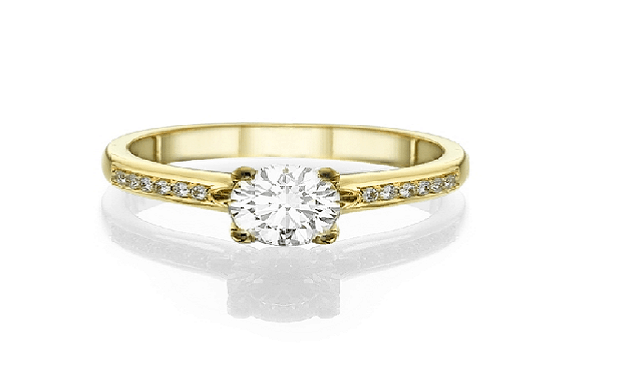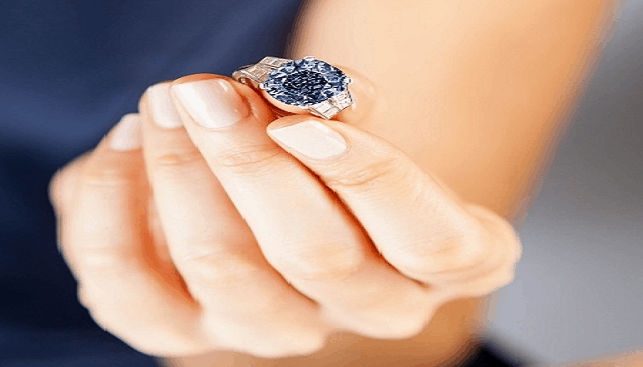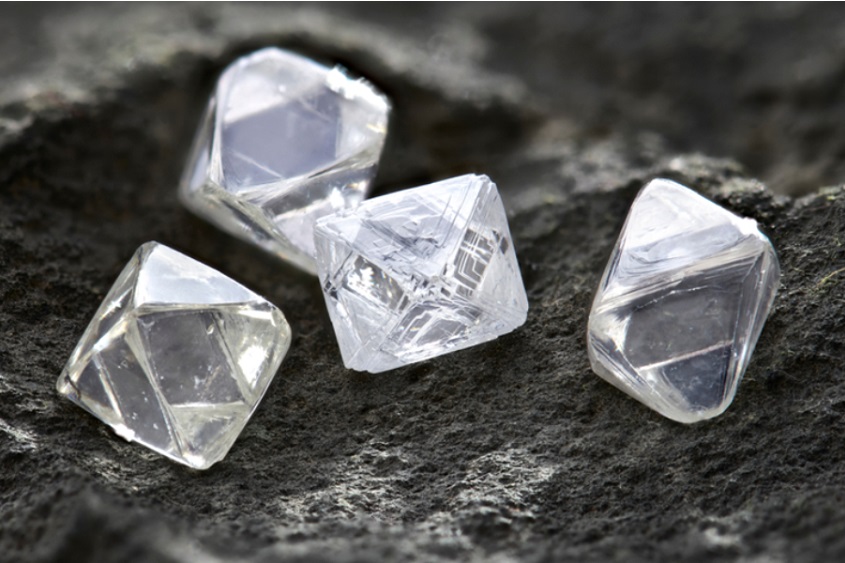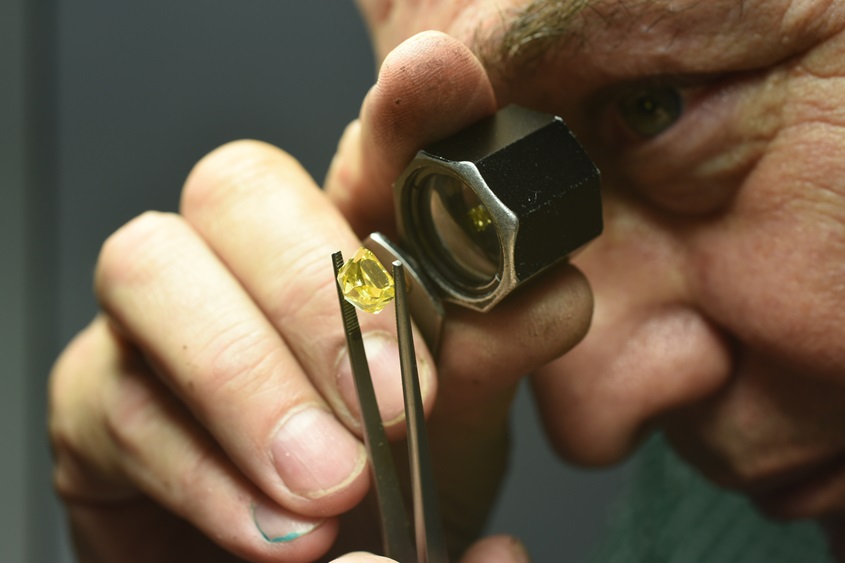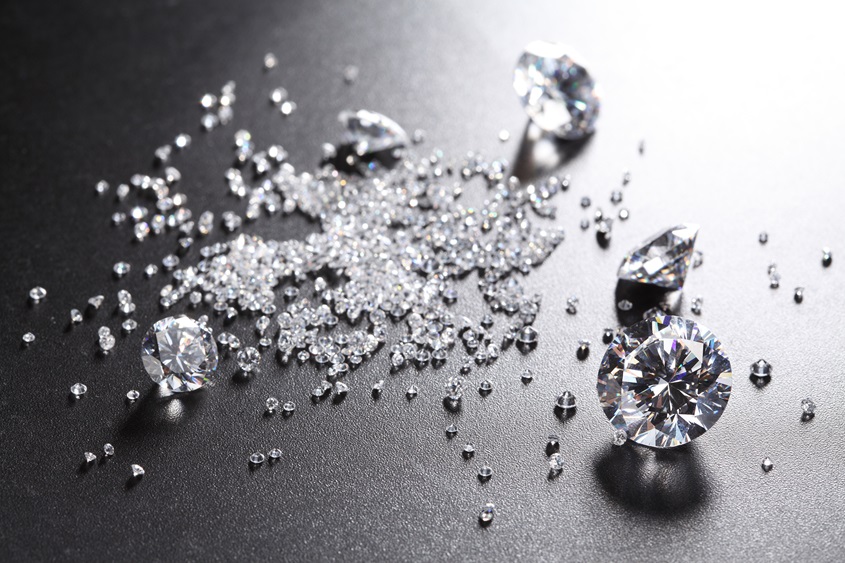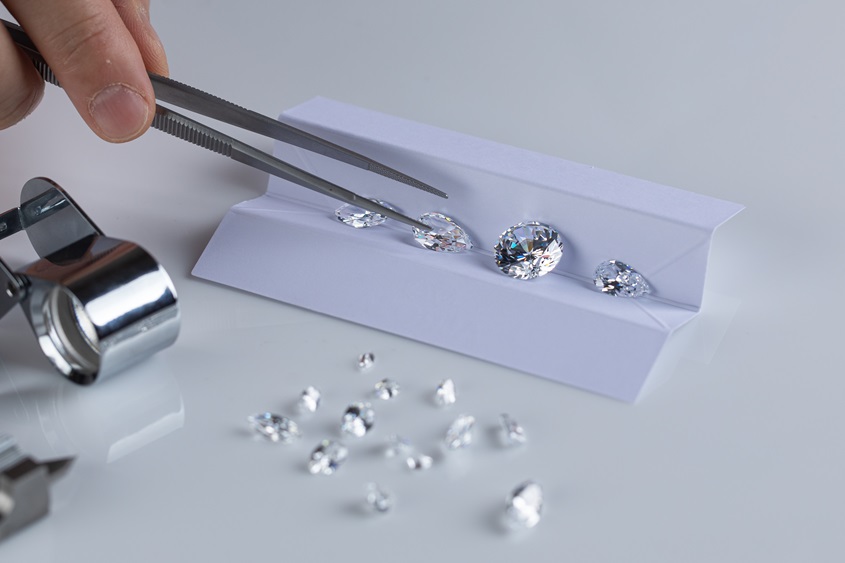The European tradition of gifting the bride with a metallic band to wear around her ring finger is old, but its adoption by peoples all over the world is relatively recent.
Even in the United States, where the custom was imported by European immigrants, it was only from the 1900’s onward that husbands were also expected to wear a wedding ring.
White and yellow gold have long been the metal of choice for wedding bands. The inner circumference of the ring is often engraved with the names of one or both partners, sometimes accompanied by the date of the nuptials and messages of love.
But a declaration of love was not the historical purpose of the ring. Rather, in pre-industrial societies, the wedding ceremony was accompanied by exchanges of expensive gifts, a financial relationship between the two clans of bride and groom.
One of the oldest recorded instances of the gifting of a polished diamond wedding ring occurred in 1477, when an Austrian Archduke proposed with one. Diamonds didn’t achieve near-mandatory status in popular culture until the start of World War Two, when a De Beers advertising campaign made them seem absolutely necessary to mainstream Americans. Ever since, they have been considered the standard.

